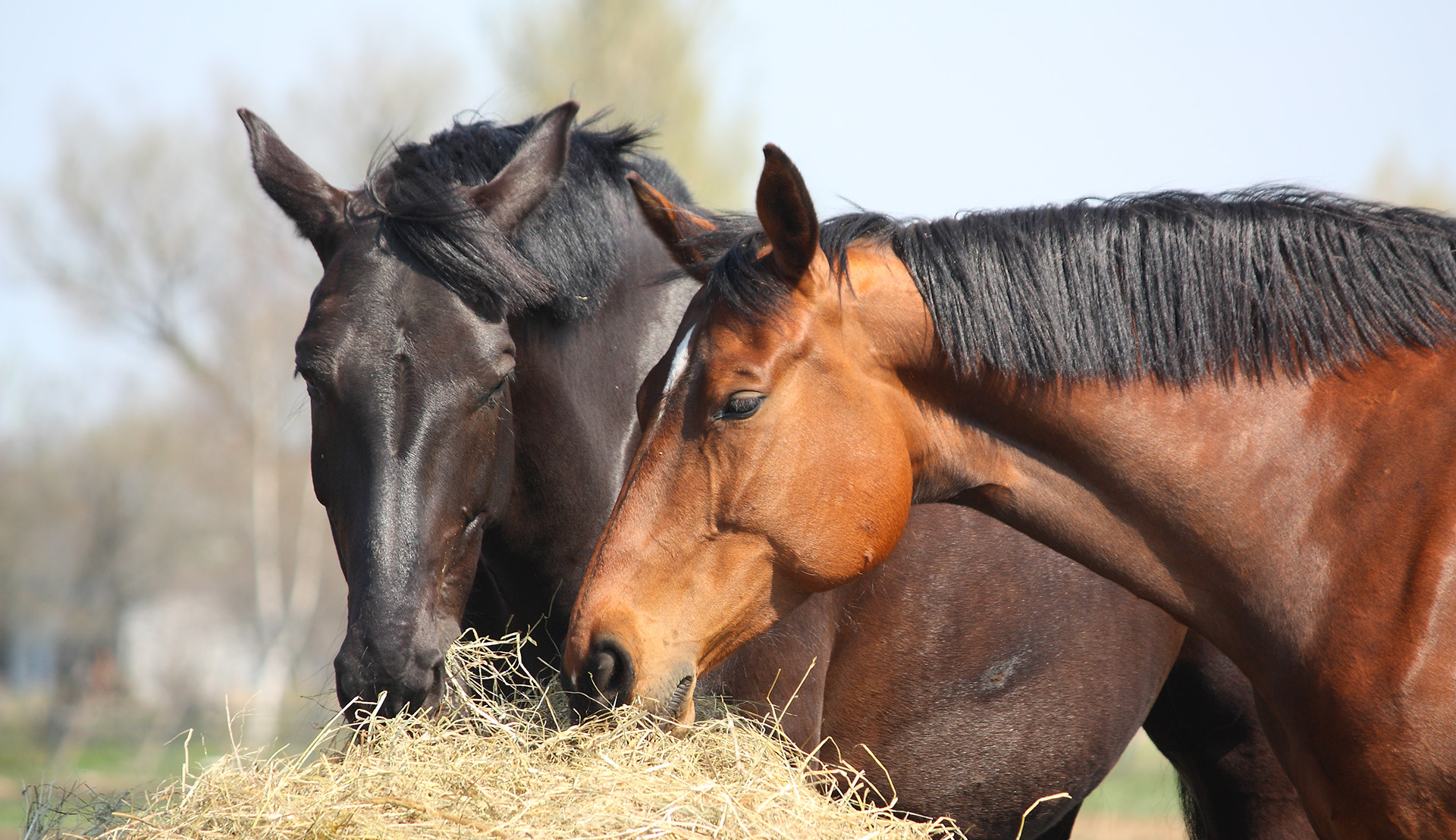Equine Gastric Ulcer Syndrome (EGUS) has indeed been recognised as a significant issue in horses, affecting their stomach lining. The classification into Equine Squamous Gastric Disease (ESGD) and Equine Glandular Gastric Disease (EGGD) based on the location of the ulcers within the stomach has become more refined over time.
- ESGD – Equine Squamous Gastric Disease (upper area of the stomach)
- EGGD – Equine Glandular Gastric Disease (lower area of the stomach)
EGGD has different causes to ESGD.
A gastric ulcer occurs when a portion of the stomach wall named the ‘mucosa’ is damaged. Glandular ulcers are different to squamous ulcers. Glandular ulcers are a result of the breakdown of the normal defence mechanisms of the stomach wall and are not primarily diet related. This exposes the much more sensitive internal tissue underneath to the acidic gastric fluid of the stomach resulting in discomfort or pain. The more layers of mucosa that are lost, i.e. the deeper the damage, then the more significant the ulcer. Adult horses with gastric ulcers may have a wide variety of clinical signs but none are diagnostic of the disease and veterinary advice should be sought for diagnosis by gastroscopy and treatment.
It’s essential for horse owners, trainers, and veterinarians to be aware of these distinctions and take appropriate measures to prevent and manage gastric ulcers in horses. This may involve dietary adjustments, stress reduction techniques, medication management, and regular monitoring for signs of ulceration.
Signs of EGUS in the horse include:
- Mild colic signs, especially after eating and repeated colic
- Decreased appetite
- Weight loss, poor condition
- Diarrhoea
- Rough hair coat
- Mild depression
- Grinding teeth and/or yawning
- Resenting the girth being tightened
- Poor performance
- Apparent back pain
- Altered behaviour when being ridden
10 Nutrition tips for managing Equine Gastric Ulcer Syndrome
- Feed plenty of good quality forage daily. Ad lib access to good quality hay is ideal, providing ‘turn out’ time to pasture for stabled horses and looking at alternative fibre sources if the horse is stabled full time and has access to inadequate quantity or quality hay.
- Horses are at lower risk of gastric mucosal damage (EGUS) if they are at pasture 24 hours per day.
- Feeding a very low starch diet for horses needing more energy/calories such as GAIN Freedom Mix (only 8% starch) and GAIN Freedom Cubes (only 10% starch).
- Feed small frequent meals and ensure water is always available.
- Feeding a high proportion of the diet as low dry matter haylage may contribute to increased acid in the stomach as it contains more acid than pasture or hay.
- Feed longer chaff i.e. >1-2 cm long as this encourages chewing which produces more saliva. The horse produces twice as much saliva when chewing fibre than concentrate. Saliva contains a natural buffer i.e. sodium bicarbonate, which is swallowed.
- Feeding alfalfa or Lucerne, which has been shown to have a higher buffering capacity than hay and can act as a barrier to acid within the stomach when fed pre-exercise.
- Adding vegetable oil to the diet helps reduce starch intake and slows down the rate of feed leaving the stomach into the small intestine.
- Studies have shown that corn oil may also be beneficial, especially for horses taking NSAIDs, as it contains 40% linoleic acid, a substance that increases protective prostaglandins and decrease acid production.
- Antacid supplements may help to maintain pH above 4.0, but are not long lasting.

Stress is a known contributory factor to stomach ulceration
Stress could affect horses on box rest, horses being transported long distances or horses moved out of their normal environment for racing, competition or sales.
Try to minimise the stress your horse is experiencing by offering consistency in management including feeding programme wherever possible.
The role of diet and management in treatment of gastric ulcers and ‘tying up’
It is widely acknowledged that racehorses can be sensitive creatures with minor injuries and ailments preventing some horses from achieving their full potential on the racetrack.
Tying Up and gastric ulcers are examples of two problems that can hinder a horses training regimen making it difficult for a trainer to get the results they desire with such horses.
Equine Gastric Ulcer Syndrome (EGUS) has been highlighted in recent years due to the high incidence of this disease amongst performance horses. EGUS refers to the occurrence of lesions mainly in the upper regions of the horses’ stomach. Murray et al. (2005) has reported that exercise management, stall confinement, high concentrate diets and transportation can all influence the incidence of EGUS. Furthermore, high-cereal starch diets produce volatile fatty acids within the stomach that can contribute to the development of ulcers.
Studies have shown that between 80- 90% of horses in training have gastric ulcers (Johnson 1994). The prevalence of gastric ulcers was only recognised with the introduction of gastric endoscopy and prior to this went undiagnosed. Signs of the disease include decreased appetite, weight loss, sourness in attitude and diarrhoea. By feeding a high fibre, low starch feed, more saliva is produced by the horse helping to buffer stomach acid.
GAIN Equine nutrition have incorporated the results of these scientific studies when formulating GAIN Freedom, this product contains chopped alfalfa in conjunction with ‘super fibres’ to provide the horse with a natural and sustainable energy source. Good management practices such as dividing the concentrate into a greater number of meals mimics grazing behaviour and can benefit a horse with EGUS.
Joanne Hurley is a nutrition specialist with GAIN Equine Nutrition. She holds a Masters in Animal Nutrition and Production from UCD. Joanne can be contacted by email at jhurley@tirlan.ie

